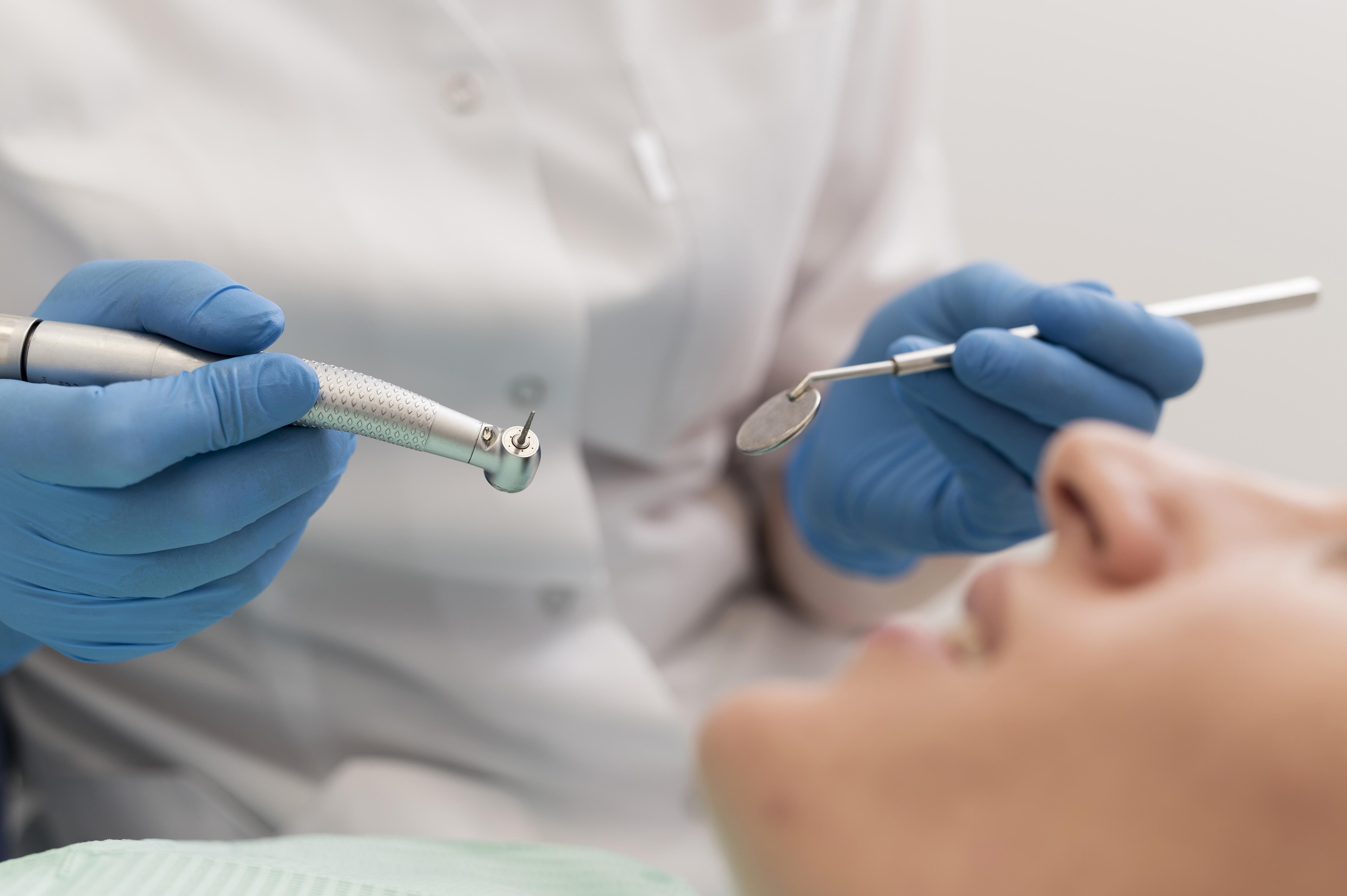Sterilization of dental instruments is a key element in maintaining high hygiene standards and ensuring the safety of both patients and staff. Unfortunately, even in the best-managed dental clinics, errors can occur in the sterilization process. Identifying and preventing these errors can significantly increase the efficiency of sanitary procedures. Here’s an overview of the most common sterilization mistakes and how to avoid them.
Improper Cleaning Before Sterilization
Mistake: Instruments are not adequately cleaned before sterilization. Biological residues, such as blood and other organic materials, can block the effectiveness of sterilization.
Solution: Applying proper pre-sterilization cleaning procedures, including mechanical removal of residues and rinsing under running water, is crucial. Using special cleaning agents designed for dental equipment can also help in more effectively removing contaminants.
Incorrect Packing of Instruments
Mistake: Incorrect packing of instruments before sterilization can lead to recontamination after the sterilization process.
Solution: Using appropriate materials and packing techniques that ensure the protection of sterilized instruments until their use is essential. Packaging should also allow easy opening and minimize the risk of contamination during instrument retrieval.

Using the Wrong Sterilization Method
Mistake: Choosing the wrong sterilization method for the type of instruments. For example, using dry heat sterilization for instruments that require steam sterilization.
Solution: Knowing and applying the appropriate sterilization method for different types of dental instruments. Steam autoclaves are commonly recommended for most instruments, while alternative methods may be suitable for specific cases.
Non-Compliance with Sterilization Time and Parameters
Mistake: Not adhering to the recommended sterilization time and parameters, such as temperature and pressure, can result in incomplete sterilization.
Solution: Strict adherence to the manufacturer’s recommendations for sterilization equipment and regular training of staff on current practices and standards.
Insufficient Monitoring of Sterilization Effectiveness
Mistake: Lack of regular monitoring of sterilization processes can lead to overlooked technical or procedural issues.
Solution: Implementing routine checks and tests, such as biological, chemical, and mechanical tests, that help assess the effectiveness of sterilization. Monitoring should also include regular reviews and maintenance of equipment.
Avoiding these mistakes in the sterilization process in dental clinics is essential for ensuring the safety and health of patients and the efficiency of staff work. Proper application of sterilization procedures is not only about compliance with legal regulations but also a key element of professionalism and care for the highest standards in dental practice. Regular training and updating of staff knowledge are as important as investing in the right equipment and materials.
